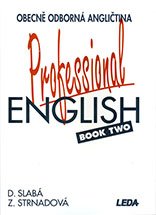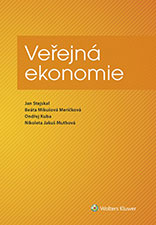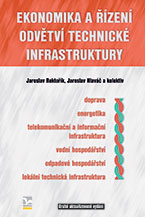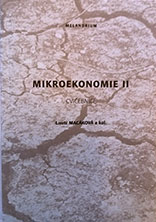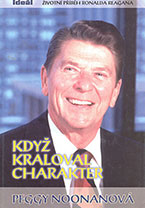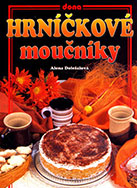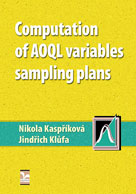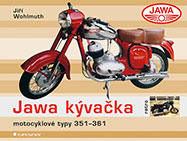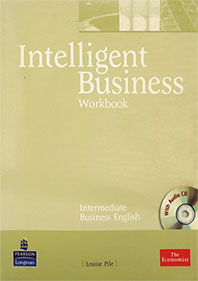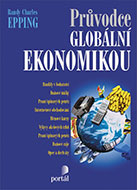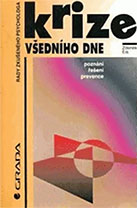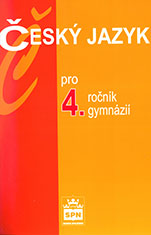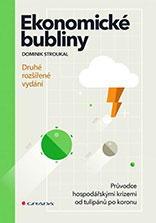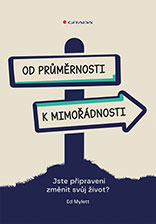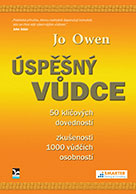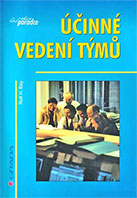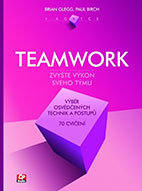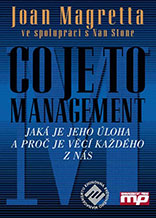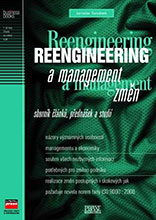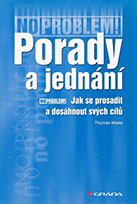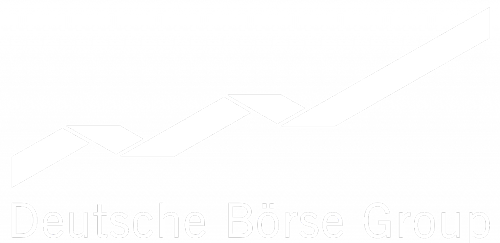Používáme cookies a podobné technologie v nezbytném rozsahu pro správnou funkci webu.
Před procházením našich stránek se můžete seznámit s prohlášením o ochraně vašich osobních dat.
Vážení zákazníci, zahájili jsme příjem použitých skript a učebnic do komisního prodeje. S podrobnostmi se můžete seznámit na tomto odkazu.
×
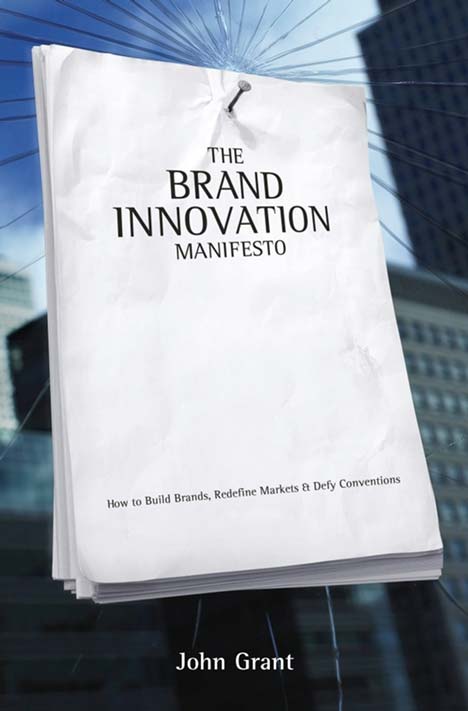
The Brand Innovation Manifesto
Cena: Kč 410 (běžná cena)
Cena: Kč 369 (sleva 10 %)
Dostupnost: skladem
Vydavatel: Wiley
Vyšlo: 2006/00
ISBN: 978-0-470-02751-6
EAN: 9780470027516
Stran: 310
Rozměr: B5
Provedeni: Pevná vazba
John Grant’s first book was also a manifesto (are you allowed to write more than one manifesto I wonder?) Number one was about New Marketing. This manifesto is about how brands evolve. It’s not about new products per se. In his last book Altered Images John evolved an elaborate typology to explain how brand ideas linked to big culture ideas. In this book the structure of the idea molecule is much simplified. Brands are now clusters of ideas rather like balloons. Brand consistency goes out of the window – consistency is only for liars he says memorably. What matters is which ideas are linked and how much energy a brand has to keep the brand ‘molecule’ together. This way of looking at branding is altogether more freewheeling. Successful marketers add new ideas regularly to keep their brands interesting and to keep the attention of the audience. The first section of the book unpacks this theory of rolling narrative development. It is obvious from the examples that John draws on that the biggest most successful brands have the largest and most elaborate molecules. And that there is real variety in the complexity of the ideas. What is not so obvious is what it takes to make an idea stick and when an idea needs reinforcing and when a new one is required. But this first section of the book is a useful summary of where brand thinking is going – less tied to artificial values arbitrarily associated with the brand and more with how interesting are the juxtapositions of the ideas which the marketers introduce.
The second part of the book is basically a summary list of these ideas. John doesn’t claim these are comprehensive. But it is clear from the structure that these do represent a kind of system or table of elements of cultural ideas which can be found in most markets. For each of the 35 ideas a casestudy is provided for which it was central to the brand and one provided for which the idea was secondary but still important. So there’s no shortage of case study material. The final part of the book uses a case study for Lynx to show how the book can be put to use. For me what really made the difference was not the final part but the pack of cards called the Brand Tarot pack which you can buy as an adjunct to the book which contains the complete set of ideas. First you need to remove the ideas which are already being used by competitors and only after that to brainstorm how to use the ideas which remain with of course reference to the book and the relevant case studies. Which makes the book immediately much more usable than most. Clearly the cards can be used in a number of different ways. As well as using them to find new territory, you can use them to extend and reinvigorate existing strategies by looking at new combinations. You can identify spoiler strategies for challenger brands. The cards really make the difference to whether the book will be left on the shelf or be in regular use. I believe there is a plan to put an online version on John’s website www.brandtarot.comso you can seek inspiration on the fly and pick your random card for the day! Watch this space.. What I like about the book is this blend of the systematic and the practical – yes there’s a useful briefing on brand thinking. But the ability to map the core ideas in markets moves us away from a sterile debate about how many brand values can dance on a pinhead to the extent to which a brand is able to blend big cultural ideas together to create engagement. A must buy although I would strongly recommend you go for the cards as well.
Podobné tituly
1 / 19
❮
Teamwork: Zvyšte výkon svého týmu
Výběr osvědčených technik a postupů - 70 cvičení
1. vydání
Clegg Brian, Birch Paul
Kč 169
Vedení lidí, týmů a firem
Praktický atlas managementu
2. přepracované a rozšířené vydání
Plamínek jiří
Kč 238
Co je to management
Jaká je jeho úloha a proč je věcí každého z nás
Kolektiv autorů
Kč 335Kč 302 (sleva 10 %)
Společenská odpovědnost firem a organizací
Udržitelně o udržitelnosti
Koudelková Petra, kolektiv
Kč 245Kč 221 (sleva 10 %)
❯



